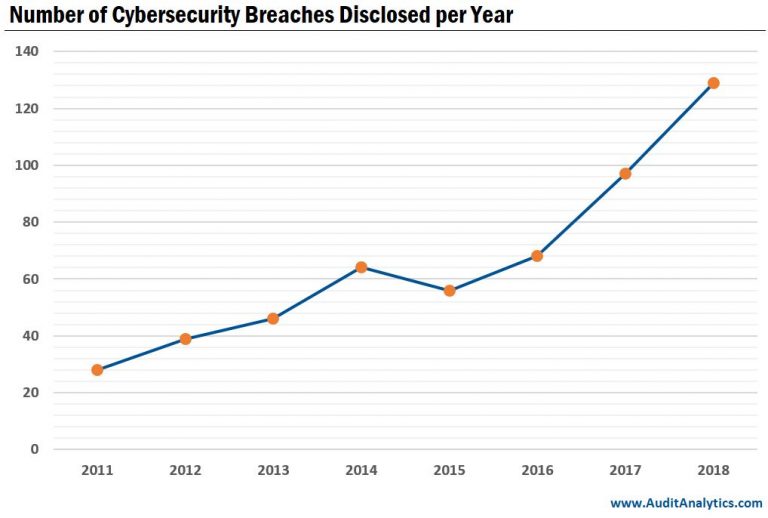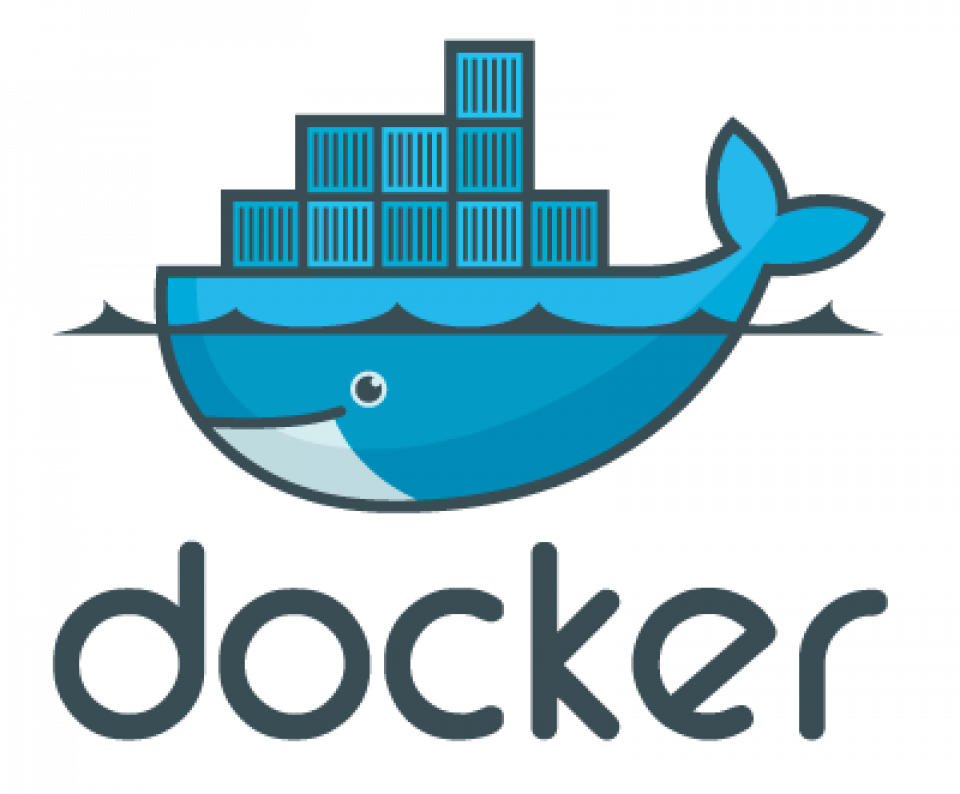Enhancing DevOps Security: Strategies for Securing CI/CD Pipelines
Introduction
DevOps has revolutionized the software development process, enabling organizations to deliver high-quality software at a faster pace. However, with the increasing adoption of DevOps, the need for robust security measures has become more critical. CI/CD pipelines, which are the backbone of DevOps, are particularly vulnerable to cyber threats. In this article, we will discuss strategies for securing CI/CD pipelines and enhancing DevOps security.
Key Takeaways:
– DevOps has become a popular approach for software development, but it also brings new security challenges.
– CI/CD pipelines are crucial for DevOps, but they are vulnerable to cyber threats.
– Securing CI/CD pipelines is essential for enhancing DevOps security.
– There are various strategies that organizations can implement to secure their CI/CD pipelines and improve overall DevOps security.
Why is Securing CI/CD Pipelines Important?
CI/CD pipelines are the backbone of DevOps, enabling organizations to automate the software development process and deliver code changes quickly and efficiently. However, these pipelines are also a prime target for cyber attacks. A successful attack on a CI/CD pipeline can result in the compromise of the entire software development process, leading to data breaches, financial losses, and damage to the organization’s reputation.
Moreover, with the rise of cloud computing and the use of third-party tools and services in CI/CD pipelines, the attack surface has increased, making it even more critical to secure these pipelines.
Strategies for Securing CI/CD Pipelines:
Implement Strong Authentication and Authorization:
The first step in securing CI/CD pipelines is to ensure that only authorized users have access to the pipeline. This can be achieved by implementing strong authentication and authorization measures, such as multi-factor authentication, role-based access control, and least privilege access.
Use Secure Coding Practices:
Incorporating secure coding practices in the software development process is crucial for securing CI/CD pipelines. This includes conducting regular code reviews, using secure coding guidelines, and implementing static code analysis tools to identify and fix vulnerabilities in the code.
Regularly Update and Patch Third-Party Tools and Services:
As mentioned earlier, CI/CD pipelines often rely on third-party tools and services, which can introduce security risks. It is essential to regularly update and patch these tools and services to ensure they are free from known vulnerabilities.
Implement Continuous Security Testing:
Continuous security testing is a crucial aspect of DevOps security. It involves conducting security tests throughout the software development process, from code development to deployment. This helps identify and fix security issues early on, reducing the risk of a successful attack on the CI/CD pipeline.
Monitor and Analyze Pipeline Activity:
Monitoring and analyzing pipeline activity can help detect any suspicious or unauthorized activities. This includes monitoring for unusual login attempts, changes to the pipeline configuration, and unauthorized access to sensitive data.
Encrypt Sensitive Data:
Sensitive data, such as login credentials and API keys, should be encrypted both at rest and in transit. This ensures that even if an attacker gains access to the data, it will be unreadable and unusable.
Implement Disaster Recovery and Business Continuity Plans:
In the event of a successful attack on the CI/CD pipeline, having a disaster recovery and business continuity plan in place can help minimize the impact and ensure the organization can continue its operations.
Key Takeaways Table:
| Key Takeaways | Enhancing DevOps Security: Strategies for Securing CI/CD Pipelines |
|---|---|
| DevOps has become popular for software development, but it also brings new security challenges. | DevOps has become the de facto approach for software development, but it also introduces new security risks. |
| CI/CD pipelines are crucial for DevOps, but they are vulnerable to cyber threats. | CI/CD pipelines are essential for DevOps, but they are susceptible to cyberattacks. |
| Securing CI/CD pipelines is essential for enhancing DevOps security. | Safeguarding CI/CD pipelines is paramount to strengthening DevOps security. |
| Implementing strong authentication and authorization, using secure coding practices, and regularly updating and patching third-party tools are some strategies for securing CI/CD pipelines. | Enforcing robust authentication and authorization, adopting secure coding practices, and consistently updating and patching third-party tools are effective strategies for securing CI/CD pipelines. |
| Continuous security testing, monitoring and analyzing pipeline activity, and encrypting sensitive data are also crucial for enhancing DevOps security. | Continuous security testing, vigilant monitoring and analysis of pipeline activity, and encryption of sensitive data are also critical for bolstering DevOps security. |
| Having a disaster recovery and business continuity plan in place can help minimize the impact of a successful attack on the CI/CD pipeline. | Implementing a disaster recovery and business continuity plan can help mitigate the repercussions of a successful attack on the CI/CD pipeline. |
Data Visualization:

List of Strategies for Securing CI/CD Pipelines:
– Implement strong authentication and authorization
– Use secure coding practices
– Regularly update and patch third-party tools and services
– Implement continuous security testing
– Monitor and analyze pipeline activity
– Encrypt sensitive data
– Implement disaster recovery and business continuity plans
Comparison of DevOps Security Strategies
| Strategy | Description | Benefits |
|---|---|---|
| Strong authentication and authorization | Implements robust user authentication and access control mechanisms to restrict access to the pipeline only to authorized individuals. | Mitigates the risk of unauthorized access and prevents unauthorized individuals from tampering with or exploiting the pipeline. |
| Secure coding practices | Integrates security considerations into the software development lifecycle, emphasizing secure coding practices to identify and address vulnerabilities early in the development process. | Proactively reduces the likelihood of introducing security flaws into the software, minimizing the attack surface and enhancing overall system resilience. |
| Regularly update and patch third-party tools | Maintains an up-to-date inventory of third-party tools and services used in the pipeline, promptly applying updates and patches to address known vulnerabilities and security flaws. | Minimizes the risk of exploiting vulnerabilities in third-party tools, reducing the attack surface and protecting against known attack vectors. |
| Continuous security testing | Employs automated security testing tools and techniques throughout the software development process to identify and remediate security vulnerabilities as early as possible. | Proactively detects and addresses security flaws, reducing the risk of deploying vulnerable software to production environments. |
| Monitor and analyze pipeline activity | Continuously monitors and analyzes pipeline activity to detect anomalies, suspicious behavior, or unauthorized access attempts. | Enables timely detection of potential attacks or breaches, allowing for rapid response and mitigation of security incidents. |
| Encrypt sensitive data | Implements encryption techniques to protect sensitive data, including credentials, configuration files, and other critical information, from unauthorized access or disclosure. | Safeguards sensitive information from unauthorized access, preventing data breaches and ensuring compliance with data privacy regulations. |
| Disaster recovery and business continuity plans | Establishes comprehensive disaster recovery and business continuity plans to minimize the impact of security incidents and ensure business operations can continue in the event of a successful attack. | Enables rapid recovery from security incidents, minimizing downtime and maintaining business continuity. |

Conclusion
In conclusion, securing CI/CD pipelines is crucial for enhancing DevOps security. By implementing the strategies discussed in this article, organizations can protect their pipelines from cyber threats and ensure the smooth and secure delivery of software. It is essential to continuously monitor and improve DevOps security measures to stay ahead of evolving threats and keep sensitive data and systems safe.




